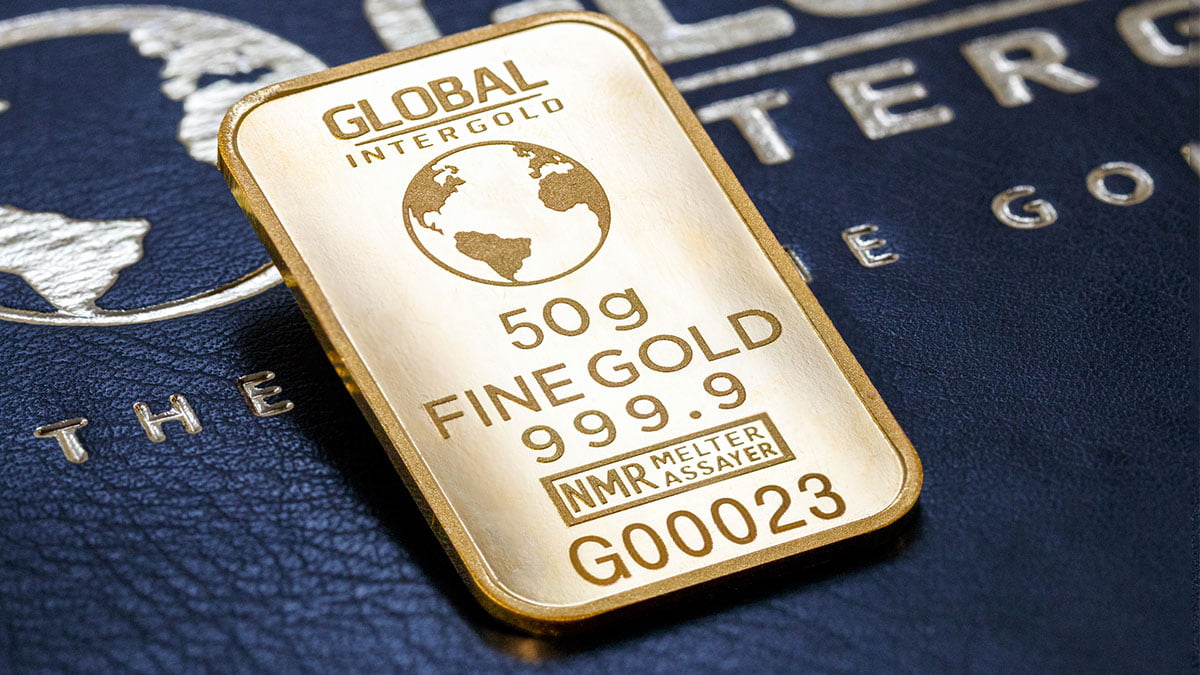Investing is one of those things that can turn your life for the better, or it can completely backfire. That being said, as unpredictable as investing can be, it’s not gambling. There are ways you can invest your money where your risk of losing it is slim to none.
Of course, there are a few catches to account for along the way, but if you play your cards smart, you can reap good returns on your money just a decade or two down the road. Here are some investment strategies that will get you there.
Table of Contents
Low Risk, High Return – Is It Possible?
Earning money and making money are two different concepts. You earn money when you go to work, punch in your card and pay your dues. Making money is a bit different. To make money, you need to let whatever reserves and savings you have work for you through investments.
Investing can be risky, but it doesn’t have to be. Low risk and high return investing are possible, but there is a catch. You can’t do it quickly. There’s an inverse correlation between risk and time required to see a return on your investment.
Because of that, we’ve decided to completely disregard short-term ROI options such as stock trading, day trading, and crypto trading. We’re interested in low-risk investment options that will set you up for retirement. That being said let’s look at some options.
Gold – The Ultimate Precious Metal
Precious metals such as gold and silver represent one of the oldest and most popular investment options. Gold is one thing that will never lose its worth, for long as mankind is captivated by its color. The same can be said of silver. Although sitting a few steps lower on the attractiveness scale, silver is still a precious metal and one that is popular all over the world.
Investing in both of these precious metals can be done in several different ways. Investment consultants at CMI Gold & Silver note that you can purchase gold bullion, gold funds, and a whole range of other financial instruments derived from this precious metal. Each of these has its pros and cons.
When you buy gold bullion, you’re buying physical gold that is smelted into ingots of different sizes and weights. Holding physical gold is about as good of a guarantee you’ll get on your investment. However, stacking gold bullion isn’t necessarily the most practical thing to do.
That’s where gold funds, futures, and other financial instruments come in. When you invest in these, you’re investing in gold-stock whose price is closely tied to the price of gold bullion. However, these are much easier to buy into since you can purchase a fraction of bullion.
The catch is that gold funds tend to fluctuate in price a lot more than the gold itself. Despite the price of gold going from over $2,000 in the ‘80s, to $400 in the early 2000s, only to max out at $2,000 last year, it’s showing a historical uptrend that will most likely maintain course in the future.
Index Funds
Another great option that many new investors are exploring funds. As we’ve mentioned before, investing in the stock market can be risky. When you invest all your money in the stock of a single company, you’re essentially betting on them either showing growth or maintaining what they have now for the foreseeable future.
Making such calls requires an intimate knowledge of that company, their business plans, and any projects they are working on. Even if you have all that, it’s still a risk. One way to drop that exposure down a notch is to invest in more than one stock. This is a great option, but now you have to be familiar with two or more companies. Learn more about stocks at Greenery Financial

Index funds were created to give you a way of investing into a massive portfolio of diversified stocks, without learning everything there is to learn about these companies. Instead, you invest money into a mutual pool with other investors. The index fund manager then takes the whole pool and buys stocks, bonds, and other financial instruments on the market.
Different index funds use different investment strategies, but most will stick to low-risk, long-term positions. As far as what kind of returns you can expect, some of the largest index funds have shown a consistent ~8% annual ROI for over 80 years.
Savings Accounts
Last but not least, we have the safest form of investment you can find, but one that brings the lowest ROI. Savings accounts have been around for a long time. Operated by banks and other financial institutions, these accounts allow you to deposit your money and keep it safe for a predetermined period of time.
The catch is that once the money is in a savings account, you can’t access it that easily. Most savings accounts will give you an annual interest rate of around 1.5-2%. Some banks offer more than that. If you can find a bank that offers an interest rate that is higher than the annual rate of inflation, you’ll be adding some value to your account.
That being said, don’t expect to get-rich-quick with this form of investment, if you can even call it an investment. Savings accounts, including high yield savings accounts, are primarily a means of keeping your money safe and secure for long periods of time.
Most banks are insured, while the government also guarantees the safety of your savings accounts up to a specific sum.
Smart Investing
Money that isn’t being invested is money that’s losing value. Even a savings account will help you protect yourself from inflation. Anything is better than keeping cash under your mattress. With that said, you can definitely ensure your retirement if you play your cards right.
Investing in low-risk index funds is a great way of getting that steady 10% return every year. That means you’ll double your money within a decade. A decade isn’t as long as it sounds. Making smart investment choices is a good way to secure your future.





